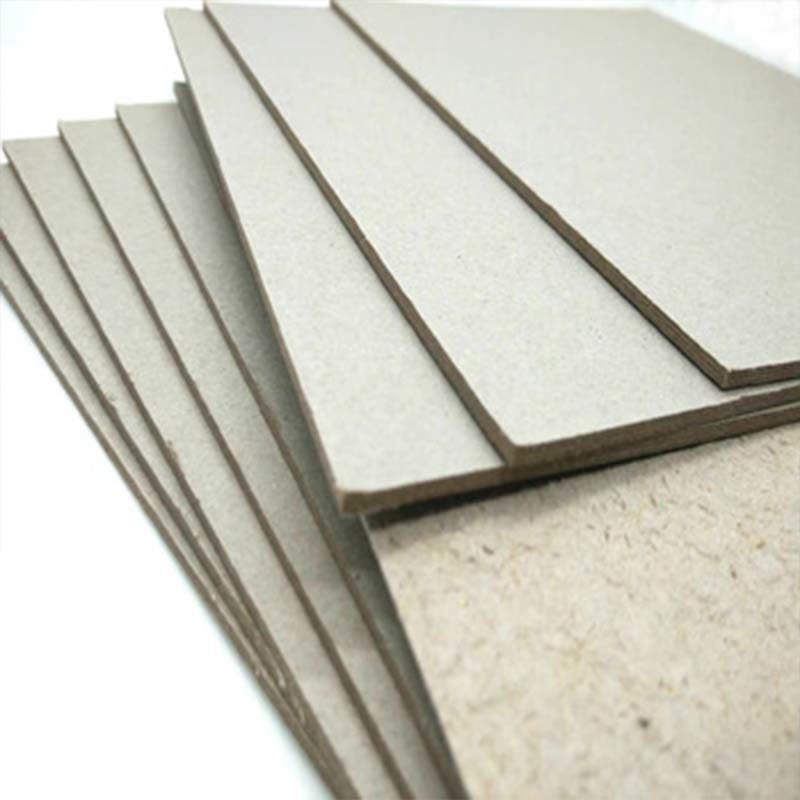
Paperboard is possibly one of the world’s most unrecognised and uncelebrated products, despite its uniquely versatile qualities and the fact that many of us use it in some form or other every day. Environmentally sustainable paperboard packaging has been quietly delivering the goods since the creation of the very first paperboard carton in 1817. Paperboard, also known as cardboard, has many practical uses but it also has its creative side, in making sculptures and models for instance.
Paperboard can be so sturdy and strong that it’s worth remembering that it’s still a part of the overall paper industry that plays a major part in our daily lives. Perhaps as much as 50% of the total paper products that are made are in packaging. That means a lot of pulped trees – or does it? Grey paperboard can be produced from new fibre pulp of course, but the great thing about paperboard is that quality products can also be produced from recycled waste paper. When fresh pulp is used by NEW BAMBOO PAPER to produce its paperboard products, it comes from sustainable sources in maintained forests where the trees are replaced.

Paperboard technology advances during the late 19th century included folding cartons that could be shipped flat before use. This space-saving aspect of paperboard during storage and transit is another of its environmentally sound aspects. Cutting technology developed too, with machines designed to produce a huge range of shapes to service many industries. Over time, new methods of manufacturing such as laminating mean that modern paperboard retains strength, durability and versatility in a range of markets, including specialist areas from food and drink to publishing.
Whatever your packaging requirements, there’s likely to be a paperboard option. The drinks industry, for instance, mainly uses Kraft lined board, which is always virgin fibre which is often clay-coated. Various other forms of lining with other functions are available from NEW BAMBOO PAPER – brown and white lined boards for instance, either single or double sided, as well as polythene, polyester and silicon lined boards. Boards can come in different plies as well, of course, by laminating layers together. Other products such as chipboard share many of the same qualities as paperboard and are just as environmentally friendly, using large quantities of waste cardboard in production.
NEW BAMBOO PAPER offers a bespoke die cutting and guillotining service. Whether you wish to have a dozen boxes cutting, or a gross of boxes cutting, we shall fulfil your needs.
Our state-of-the-art paper and cardboard cutting machinery makes light work of the toughest assignments. Whether die cutting or guillotining, we can make the cut. We can deal with cardboard materials with thicknesses from 150 microns to 5000 microns. Whether your packaging is designed for small electronic devices or the largest fridge freezers, we can help you with your order.
For stationery it could be used as part of a book cover, possibly for decorative purposes. With cardboard boxes, for example, ventilation holes or carrying handles. This technique has been used in LP covers.
With NEW BAMBOO PAPER , creating rounded corners is our only concession to cutting corners. Everything else is about precision. In this case, it is for box flaps and rounded edges. As well as being aesthetically pleasing, the former is more user friendly for the top flap of your box. Plus it doesn’t give you a paper cut when you are opening a box.
Copyright © 2021 Guangzhou Weyes Network Technology Co., Ltd. | All Rights Reserved